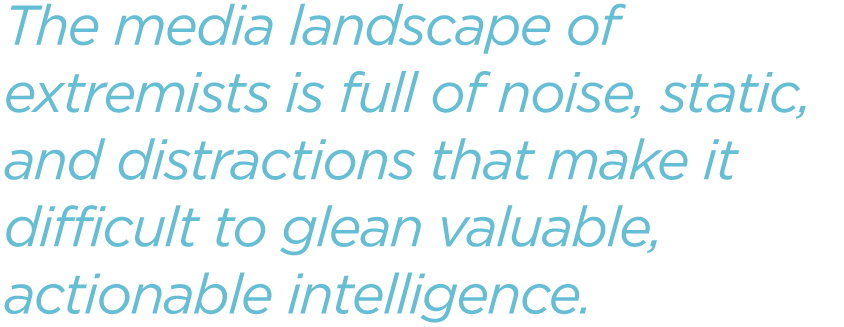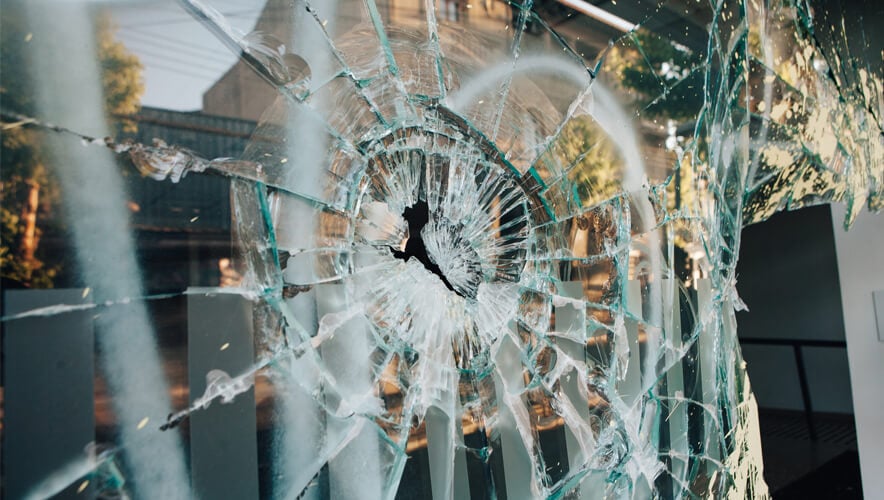Q&A: Essential Takeaways from the 6 January Riot at the U.S. Capitol
As U.S. federal law enforcement agencies warn of a potential wave of armed protests across the United States in the coming week, co-chairs of the ASIS International Extremism and Political Instability Community—Diana Concannon of Alliant International University and Tony McGinty, CPP, a security consultant based in Los Angeles, California—share lessons learned, analysis, and preparedness advice for the days ahead.
Preparedness hinges on intelligence, but many early warning signs—and direct signs of planned mass protests at the Capitol building—on social media went unheeded last week. How can security professionals assess risk intelligence from social media and gauge which statements to take seriously?
Concannon: The attack on the U.S. Capitol on 6 January 2021 resulted from a failure to heed the preceding weeks of prolific social media “call to arms” by demonstrators whose worldview has been usurped by conspiracy theories. Although reports indicate that many factors contributed to what was ultimately a security breach, the storming of the Capitol reflects an underestimation of the rising threat of domestic violent extremism that has occurred over the last several years.
Ranting on social media is so prolific as to be a weak indicator of pre-attack behavior when considered in isolation. The feelings of anonymity and distance afforded by mediated communication embolden a certain segment of the population to extreme, hateful, and sometimes threatening speech. Postings that are more specific, directive, and made by an individual who has the means to act are obviously of greater concern. And, of course, any intelligence that can be gathered outside the social media space is vital.
For example, the Wisconsin-based pharmacist who attempted to render a cache of COVID-19 vaccines inert and who could have jeopardized the lives of those who received these injections and erroneously believed themselves inoculated, reportedly displayed several concerning risk factors in the months leading up to his actions, including undergoing a difficult divorce during which he was barred from seeing his children, using apocalyptic rhetoric, and bringing a firearm to his workplace on two occasions. The totality of this information, if known, would certainly warrant investigation and could have potentially prevented the act of vaccine tampering.
McGinty: The media landscape of extremists is full of noise, static, and distractions that make it difficult to glean valuable, actionable intelligence. Early on, you need to set baselines that establish relationships and context amongst personalities, influencers, communities, open and dark sites, and events. Social media threat analysis is a skill set that requires specialized training and qualifications. It’s worth the investment.

What are some warning signs that a protest or event has the potential to escalate into violence or rioting—either before or during the event?
Concannon: There is a psychological phenomenon known as emotional contagion, which has also been called primitive empathy. It is a basic way that we connect with and relate to one another. We see this phenomenon during sporting events when strangers rally around a winning team and the group’s mood elevates. Emotional contagion is also evidenced when someone who is experiencing strong positive or negative emotions enters a small meeting room and the experiences of those present are immediately impacted.
When individuals gather to express civil unrest, passions are elevated in a shared expression of discontent. As the past year has demonstrated, most protests do not turn violent. When violence has erupted, subsets of agitators inflame increasingly larger groups. Emotional contagion is partly implicated in the wave of violence that can quickly ignite if calls to action that are accompanied by both means and opportunity are not quickly de-escalated.
McGinty: Some basics to look for during an event: What are people wearing and carrying? Tactical vests, improvised helmets, goggles, gloves, and backpacks are good indicators of impending conflict. Examine protest fliers and pamphlets for extreme imagery and text, such as “Shut Down,” “Block,” “Occupy,” “Break Up,” or “Burn.”

How can partnerships help organizations, facilities, and security leaders be more prepared for a protest to radically escalate?
Concannon: Depending upon the framework, partnerships serve as force multipliers for intelligence, assisting in pattern identification that can interrupt a potential event or provide mutual aid should an event transpire. Such partnerships can also expand the expertise available to the partners, strengthening the preparedness and response capabilities of each.
McGinty: Know your community and adjacent facilities and businesses. Partnerships mean that you have a greater set of eyes, ears, and cameras to observe events, note developments, and anticipate violent opportunists coming to your site. When you share each other’s capabilities, you form a network of protection.
For security leaders without sufficient partnerships and MOUs currently in place, do you have any recommended courses of action at this point?
Concannon: Partnerships and MOUs are clearly important. Absent these, mobilizing the workforce and consumer base through clear and redundant communication regarding risk reporting protocols is particularly critical. It is also helpful to provide examples of the broad spectrum of behaviors appropriate to report—ranging from suspicion of drug or alcohol use to isolating behaviors or dramatic mood swings to changes in performance. Often, non-security personnel are unaware of the potential significance of behavioral intelligence. This simple education can empower participation and the creation of a more robust safety culture.
McGinty: Maintain good relations and communications with law enforcement. They should have good information on upcoming protests that could impact your operations. Since you are on your own, place emphasis on keeping CCTV systems updated and operational; monitor news and social media; harden existing security features at access points; and schedule security personnel for maximum presence during the protest.
What do you feel were some of the primary lessons learned about physical security failures at the U.S. Capitol on 6 January?
McGinty: First and foremost, you need an abundance of manpower available on site and in reserve. Quelling a civil disorder is like medieval siege warfare—numbers matter. Second, mutual aid agreements between agencies need to be updated: POCs confirmed; lines-of-communication tested; liaison officers exchanged; staging areas agreed upon. When the cavalry is called, you want the response to be immediate with no further approvals required. Mutual aid agreements make that happen.

How can security leaders better establish and control perimeters, given the tactics seen in the riots last week?
McGinty: The crowd control barriers were not adequate and easily dispatched. High security fencing—7+ feet and anti-climb—would have blunted the rush and momentum of thousands of intruders. In viewing the Capitol violence, liberal use of tear gas tactically deployed would have made a difference. Tear gas works well in breaking up and dispersing rioters who are using their mass to overwhelm police. A raging mob’s center of gravity is its density; that is lost when people are fleeing to escape the effects of the gas.
Reporting this week has uncovered that many of the roadblocks to getting additional forces to the Capitol early hinged on the optics of a heavier police or armed forces presence. How can security professionals walk this line?
McGinty: Security posture should be based on threat conditions and intelligence estimates. There is always this friction between an intimidating presence and an institution’s mission to be welcoming and open to outsiders. A security professional is the advocate of safety and protection. To advocate effectively, it’s best to have pertinent and corroborated intelligence reports at the ready. Gut feelings and police instincts don’t cut it in 2021. Data, reliable information, and lessons learned should determine security posture. Communicating and articulating these concerns is paramount.
For more on civil unrest and protest preparedness, visit the new ASIS International resources page here.
